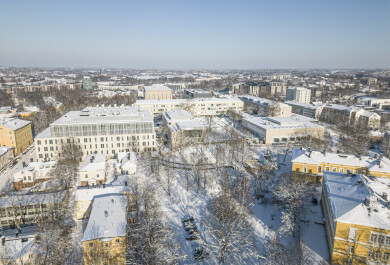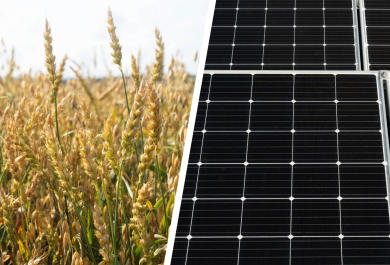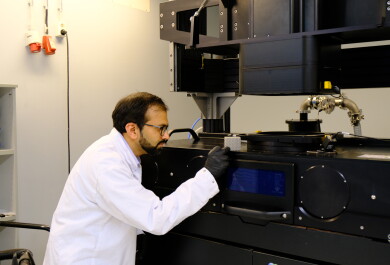Photosynthesis research in boreal forest trees - beyond the current plant model species (Dissertation: MSc Steffen Grebe, 29.6.2022, Molecular Plant Biology)
The dissertation research of MSC Steffen Grebe provides new insights into the photosynthetic aspects of evergreen conifers and their dynamic response to seasonal environmental changes.
Photosynthesis converts the light energy from the sun into chemical energy and is one of the oldest and most important chemical reactions on earth. However, our understanding of dynamic regulation of photosynthesis in plants is largely shaped by few selected species, typically not including boreal forest trees like spruce and pine (Pinaceae).
Boreal forests are not only of great economic value in Nordic countries, but also important members of the boreal ecosystem and essential carbon sinks for climate change mitigation. Their carbon sink capacity is largely affected by their capability to perform photosynthesis maintaining plant growth and biomass production. Photosynthesis itself, is strongly dependent on the environmental conditions and very vulnerable under unfavorable conditions. In his doctoral dissertation, Steffen Grebe analyzed the photosynthetic characteristics of spruce and pine during their annual growth cycles in natural habitats in Southern Finland and developed new tools to study these underrepresented plant species.
- The construction of a tailored mass spectrometry protein database for spruce allowed a detailed characterization of the photosynthetic machinery, revealing a unique composition in spruce and other Pinaceae among land plants. This represents a small but important stepping stone towards the establishment of spruce as a photosynthetic model species, Grebe says.
In addition to expanding the knowledge about the variation between evolutionary distant plant species, the research identified novel photosynthetic protein phosphorylations in the thylakoid membrane of chloroplasts in spruce. The results suggest that these are part of photosynthetic winter acclimation response helping boreal evergreen conifers to tolerate extreme environmental changes, like combinations of freezing temperatures and high irradiances. Furthermore, the development of new functional parameters allowed the disentanglement of different seasonal dynamics in spruce and pine, highlighting possible molecular mechanisms that govern the seasonal photosynthetic acclimation responses.
Grebe’s research helps to expand the field of modern molecular-level photosynthesis research beyond the currently dominating plant species. There is a desperate need for updating models describing the photosynthetic processes and their regulation, especially in boreal evergreen conifers like Pinaceae.
- Hopefully, this will enable us to better monitor the wellbeing and growth of boreal forest and evaluating their efficiency as carbon sinks in mitigating climate change, adds Grebe.
***
MSc Steffen Grebe defends his dissertation in Molecular Plant Biology titled Photosynthetic Characteristics of Pinaceae - From Evolution to Environmental Acclimation 29.6.2022 at 10.00 am (Turun yliopisto, PharmaCity, Pha1-auditorio, Itäinen Pitkäkatu 4, Turku).
Opponent: Professor Wah Chow, Australian National University, Australia
Custos: Professor Eevi Rintamäki, University of Turku



